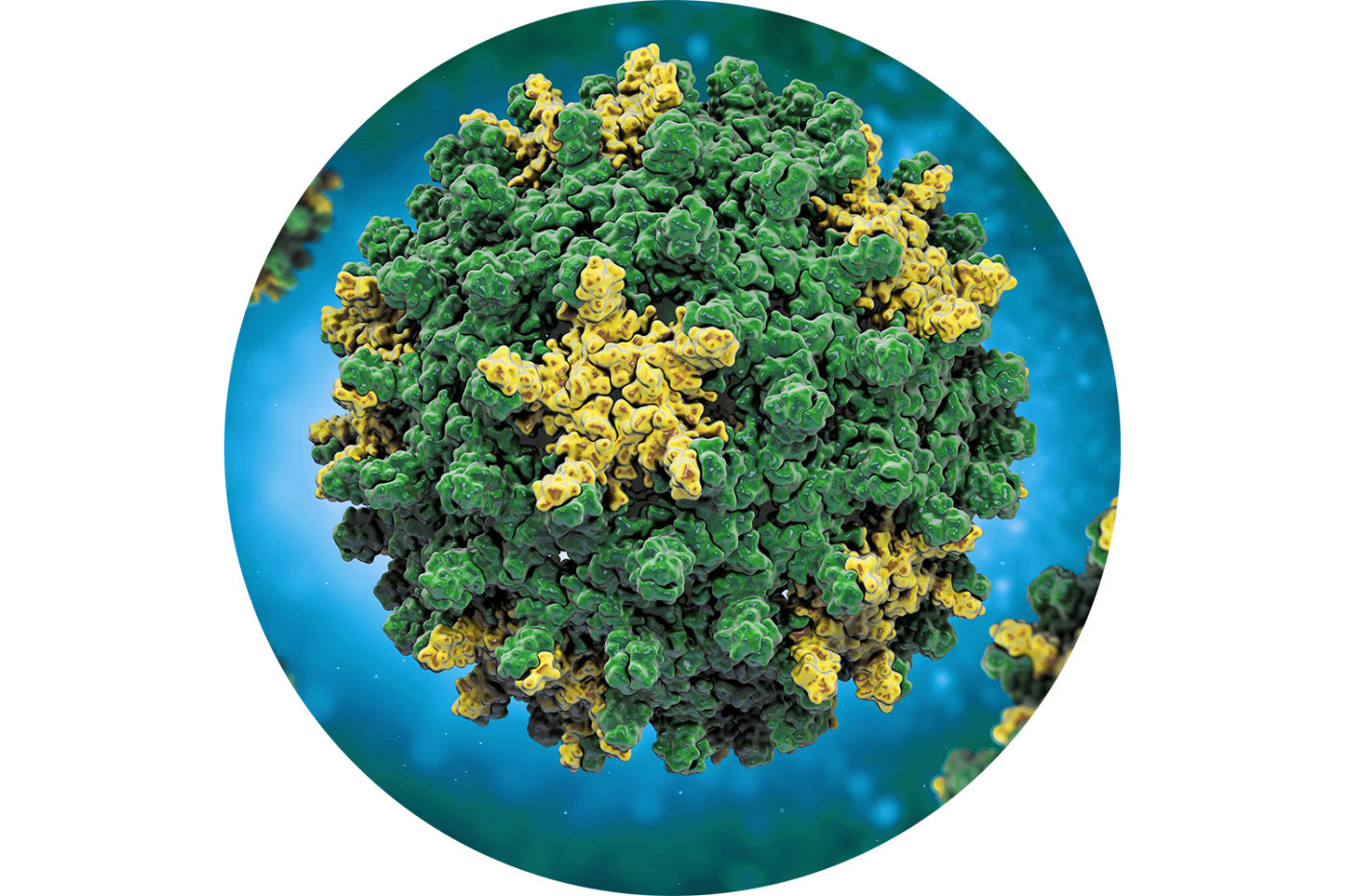
(RIF. DNA 03)
The hepatitis B virus (HBV) is a DNA virus belonging to the Hepadnaviridae family. There are currently 6 known genotypes with a different geographical distribution. The infection by HBV is, in most cases, asymptomatic.
On the contrary, the evolution of the disease infection presents insidious onset with abdominal discomfort, nausea, vomiting and sometimes with jaundice accompanied by fever of light entity. However, only 30-50% of acute infections in adults and 10% in children lead to jaundice. The lethality rate is around 1%, but the percentage increases in people over the age of 40. In adults, the disease becomes chronic in about 5-10% of cases. The risk of chronicization increases as the age in which the infection is acquired decreases; in fact, in infants infected shortly after birth, it occurs about 9 times out of 10. In 20% of cases, chronic hepatitis can progress to cirrhosis of the liver over about 5 years. Liver cancer (hepatocellular carcinoma) is another frequent complication of chronic hepatitis, especially in patients with cirrhosis. HBV infectionin countries with high endemic is responsible for up to 90% of liver carcinomas.
The source of infection are subjects with acute disease or chronic carriers, in which the virus persists in the blood and other biological liquids, such as saliva, bile, nasal secretion, mother's milk or sperm, vaginal mucus. Transmission occurs through an apparent parenteral route, i.e. through blood transfusions or blood products contaminated by the virus, or through cuts / punctures with infected needles / instruments, sexual and perinatal from mother to child. Furthermore, since the virus resists on environmental surfaces for at least 7 days, the infection can also occur through an inapparent parenteral route (indirect inoculation) or through vehicles contaminated through minimal lesions of the skin or mucous membranes (dental brushes, scissors, combs, razors , bath brushes contaminated with infected blood).
However, the risk of contagion by transfusion, although still present in developing countries, has been practically eliminated in industrialized countries, because of the controls carried out on donated blood and subsequent processing that is capable of destroying the virus. At risk, therefore, are drug addicts, those who practice unprotected sex, health workers in contact with infected people or who work in the laboratory in contact with the infectious agent; the family and sexual contacts of infected people are also at risk, and all those practices involving the use of unsterilized needles and syringes, such as tattoos, piercings, manicures, pedicures. The incubation period varies between 45 and 180 days, but usually stands between 60 and 90 days. An effective vaccine is available against this virus.